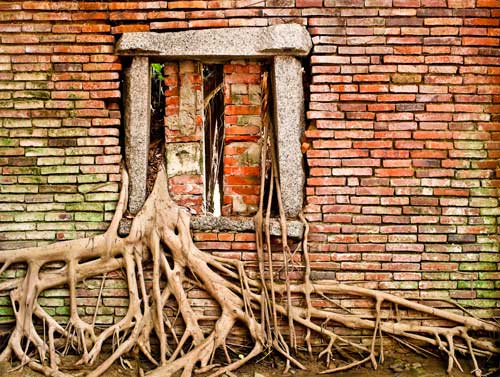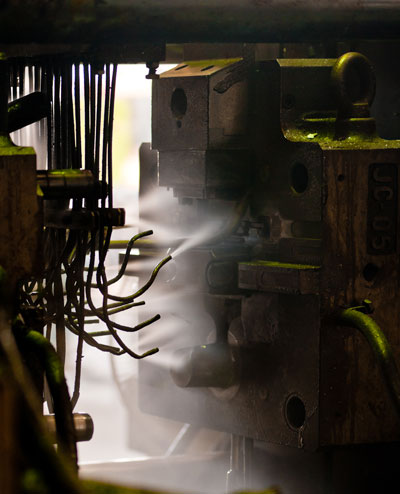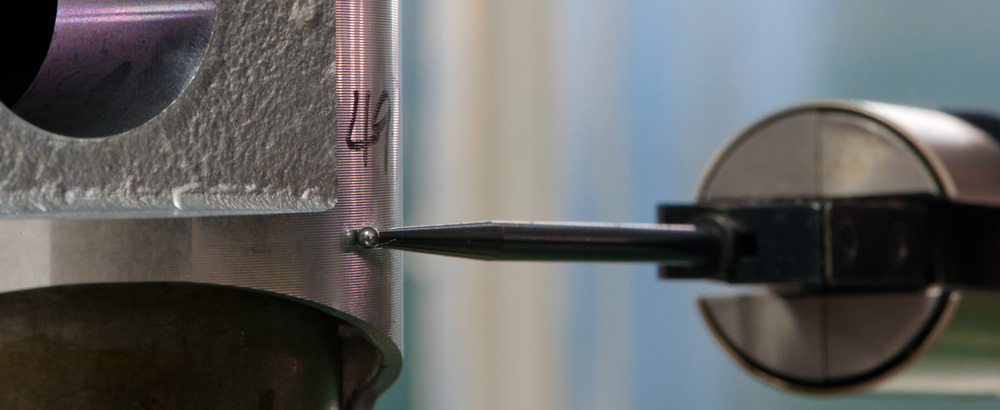History of Taiwan

Taiwan’s people have shaped the island’s history. In turn, the population’s ideas and attitudes have been deeply influenced by local experience as well as the impact of China and Japan.
Migrants from the Chinese mainland, the first of whom landed in the Tainan area almost 400 years ago, turned the island from a realm where Austronesian hunter-gatherers lived almost Stone Age lives into a densely-populated Chinese society. Events on the Chinese mainland, most recently the end of the Chinese Civil War in 1949, resulted in additional waves of migrations. The sheer density of Taiwan’s population is said to be a factor in making modern Taiwanese society highly competitive and entrepreneurial, yet also urban-centered and outward-looking.
Taiwan’s early days: Until 1683
Taiwan has been inhabited for perhaps 30,000 years, but until the 16th century it was terra incognita. The island’s indigenous people occasionally traded with outsiders, but even the Chinese empire knew very little about this island, just a day and a half by sailing boat from China’s southeastern coast.
In 1544, passing Portuguese seafarers dubbed Taiwan Ihla Formosa, ‘beautiful island’, bestowing a name which Westerners used until well after World War II.
The Dutch East India Company founded a small colony on Taiwan’s southwest coast in 1624, at what’s now Tainan. The Dutch called this spot Taijowan, a place name which evolved into the Mandarin term for the whole island, Taiwan. Some years later, they established another base in the north, at Tamsui. The Dutch traded in sugar, rice, pepper, silk and satin, porcelain, pepper, nutmeg, and cinnamon. They found their Taiwan operation highly profitable, and would surely have stayed much longer but for Koxinga, a military leader Chinese people know as Zheng Chenggong.
Koxinga was an ardent supporter of China’s Ming Dynasty, and after the last Ming emperor was overthrown by Manchu warriors in 1644, he gathered fellow Ming loyalists and launched a campaign to oust the newly-founded Qing Dynasty. He suffered a series of defeats and was pushed southward. By 1660, Koxinga was eyeing Taiwan as a place where he could regroup. The following year he took the Dutch by surprise, surrounding Fort Zeelandia and Fort Provintia in Tainan. The latter fell two days later, but the former held out until early 1662, when disease, hunger and a worsening military situation forced the surviving Europeans (the Dutch East India Company governor was actually Swedish and many of his soldiers were German) to surrender on condition they be allowed to sail to the company’s headquarters in what’s now Indonesia.
Koxinga didn’t enjoy his victory for long. He changed the name of Taijowan to Anping, then died of malaria. The state he created in Taiwan, the Kingdom of Dongning, lasted 21 years. When Qing forces attacked in 1683, Koxinga’s teenage grandson quickly threw in the towel and the island became part of the Chinese empire.
Taiwan as part of the Chinese Empire: 1683 to 1895

The 18th century saw the emergence of sizable Chinese towns such as Chiayi, Hsinchu and Taipei, as well as the founding of many of Taiwan’s most important temples. However, because the government and judicial systems were thoroughly corrupt, the island was often lawless. Banditry was widespread; immigrants from different parts of Fujian fought each other and the Austronesian indigenous people over land and water rights.
By 1811, Taiwan’s population exceeded two million. Intermarriage between Fujianese and Hakka men and indigenous women was very common, and is one reason why the lowland tribes were quickly assimilated. Studies of Taiwanese DNA have found that around three quarters of citizens have some Austronesian blood flowing through their veins.
In the second half of the 19th century Taiwan started to attract Western and Japanese interest for economic and strategic reasons. The first Christian missionaries since the Dutch era arrived in 1859, and a shipwreck near what’s now Kenting National Park in late 1871 led to a brief Japanese invasion. Keelung and Danshui near Taipei, Anping in Tainan, and Kaohsiung became ‘treaty ports’ where the citizens of the British Empire, Russia, Japan and some other countries enjoyed special privileges, such as immunity from arrest.
In 1884-85, when the French were fighting with China over Vietnam, French soldiers occupied Keelung and the Penghu islands. Because of these incursions, the imperial court in Beijing was forced to pay proper attention to Taiwan, commissioning forts and a railway. Also, Taiwan was finally upgraded to a province in its own right; before 1885, it had been treated as part of Fujian.
Taiwan becomes a colony of Japan: 1895 to 1945

The indigenous population had additional grievances. The colonial authorities took away their guns and ancestral lands, and forced tribespeople to provide labour for government projects. In the autumn of 1930, Mona Rudao led an uprising depicted in the 2011 Taiwanese epic movie Warriors of the Rainbow: Seediq Bale. His warriors slaughtered Japanese citizens at a school and carried out hit-and-run attacks on Japanese Army units and pro-Japanese indigenous clans. When defeat became inevitable, most of Mona Rudao’s men chose to commit suicide rather than surrender.
During World War II, Japan used Taiwan as a staging base for their conquest of Southeast Asia. Thousands of Allied prisoners-of-war were held in POW camps in Taiwan, where several hundred died as a result of malnutrition and overwork. More than 200,000 Taiwanese served in Japan’s armed forces, some in combat roles. Among those who never made it home was the older brother of Lee Teng-hui, who much later became Taiwan’s president.
When World War II ended in Asia, Tokyo renounced its colonies. Yet almost 70 years later, Japan’s influence in Taiwan is still tangible. Japanese-era public buildings are landmarks in Taipei and elsewhere, and there is a strong attachment to Japanese cuisine, culture, and fashion. Taiwan’s economy suffered greatly during the war, and American air raids killed thousands of civilians. Nevertheless, at the end of the war many Taiwanese people were cautiously optimistic about their future.
Taiwan after World War II: 1945 to 1975

By 1947 many Taiwanese were angry at the new regime, and a riot in Taipei – triggered when a mob intervened to stop government agents beating a woman who’d been selling untaxed cigarettes – turned into a full-scale uprising. The governor played for time and waited for reinforcements. When they arrived, thousands of people – some were actively opposed to the KMT, but many were innocent – were massacred in what’s known as the 2-28 Incident (so called because protesters attacked government offices on February 28).
Meanwhile on the mainland, the KMT were losing ground to Mao Zedong’s Communists. In December 1949, Chiang relocated to Taiwan – no part of which had fallen to the Communists – having already sent his son, the ROC’s gold reserves, and China’s finest artistic and historical treasures. Over 1.5 million mainland Chinese followed Chiang, and an ROC regime which claimed to be the legitimate government of all China was set up in Taipei. No dissent was permitted; until the 1970s, opponents were routinely locked up or executed.
Conscious that their failure to improve the lot of China’s impoverished rural population was one reason the KMT had lost the mainland, the new regime launched a land reform program since hailed by experts the world over as a great success. Farmers enjoyed greater security, and many former landowners used the compensation they received to set up factories. Sugar, the no. 1 export between the 1920s and 1950s, was soon overtaken by manufacturing.
As the island prospered, Taiwanese people began buying electric rice cookers and refrigerators. Between 1950 and 1970, the population almost doubled to 14.6 million. On the streets, motorcycles and cars replaced bicycles and ox carts.
Taiwan since 1975
Chiang Kai-shek died in 1975. At the end of 1978, a few months after Chiang’s son Chiang Ching-kuo became president, the United States broke off relations with Taipei so it could establish diplomatic ties with the People’s Republic of China. In the two years before Chiang Ching-kuo’s death in 1988, the KMT began to loosen their grip on power. Martial law was lifted and new political parties were permitted (Taiwan currently has over 200, but only three have representation in parliament). The media became far more outspoken, and when restrictions on overseas travel were lifted, vacations abroad (including to the Chinese mainland) became popular.
Chiang Ching-kuo’s vice president, Lee Teng-hui (1923-2020) – an agricultural economist educated in Japan and the US – became the country’s first Taiwan-born president. He pushed the island further down the democratic road. Elderly lawmakers elected on the mainland in 1948, representing districts they hadn’t seen since the Communist victory, were forced to retire. Taiwan’s parliament and newspapers began to reflect public opinion. In 1996 Lee won the island’s first real presidential election, but four years later the Democratic Progressive Party (DPP) – the main opposition grouping – emerged victorious. In 2008 there was another peaceful transfer of power, this time from the DPP back to the KMT.
Taiwan in the 21st century
In 2016 the DPP won both the presidential and parliamentary elections. DPP President Tsai Ing-wen (the first female leader in Asia who isn’t the daughter, sister, or wife of a previous leader) won re-election in 2020. A fortnight into 2024 the DPP retained the presidency, former Vice President William Lai defeating two strong opposition candidates to claim victory. The DPP, however, failed to secure a parliamentary majority and it’s uncertain if the KMT will try to obstruct DPP policies, as they often did between 2000 and 2008.
Taiwan enjoyed an economic boom from the 1980s until the Asian Financial Crisis of 1997, powered by high-tech products such as computer peripherals. Since then growth has been slower, but Taiwan has made progress on other fronts, introducing a much-admired National Health Insurance system and social welfare programs for the disabled, the elderly, and indigenous people. In addition to its tricky relationship with China, in the 2020s Taiwan faces challenges that include a rapidly ageing population and shortages of land, labour, and water.

